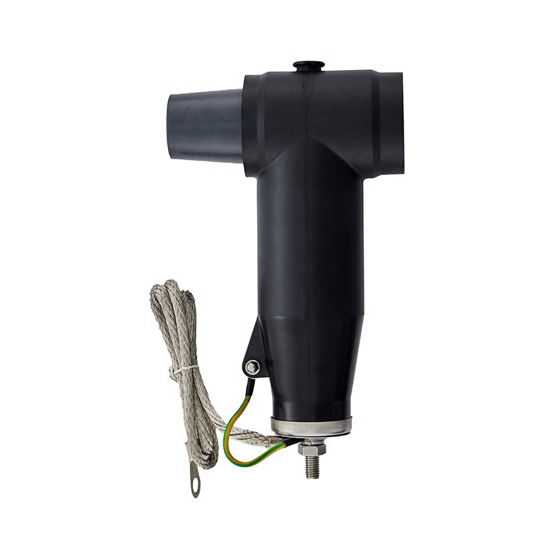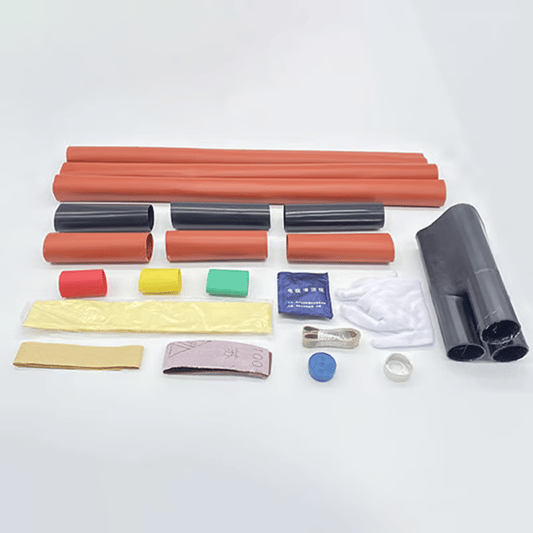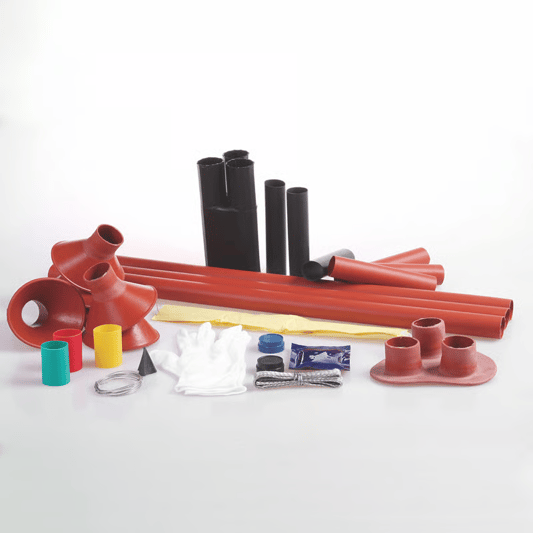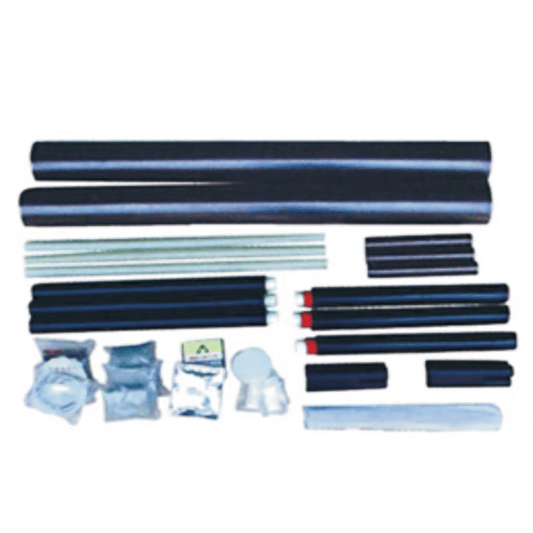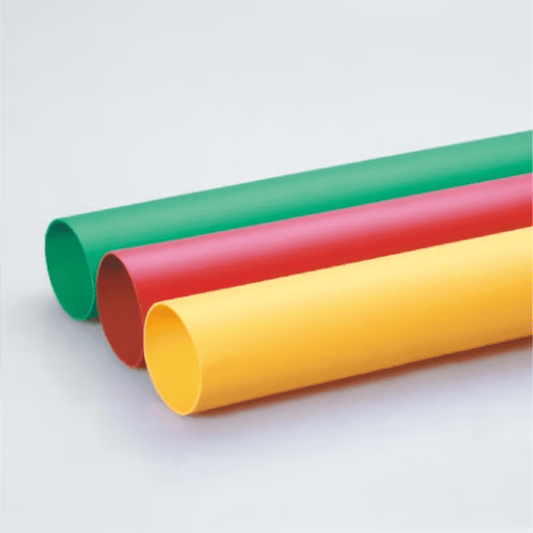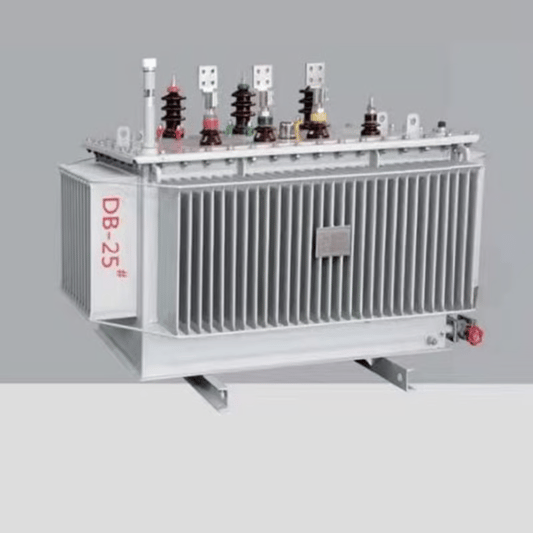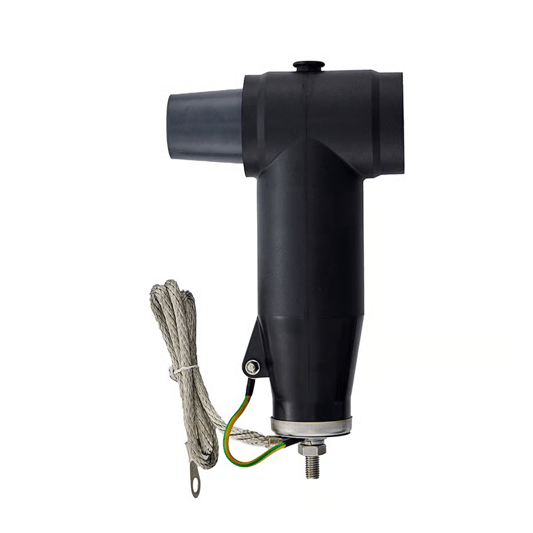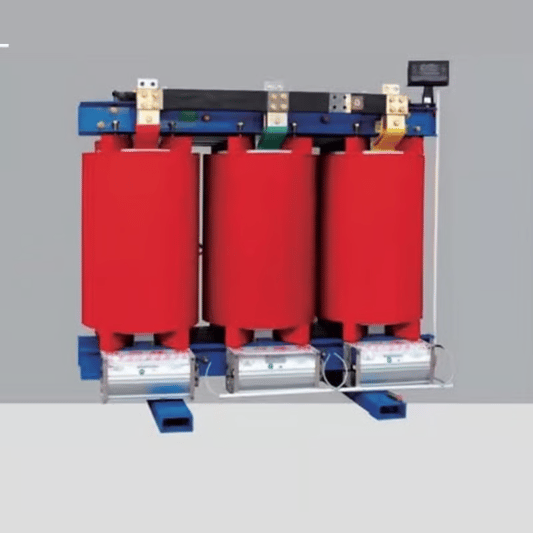High Voltage PerformanceEuropean separable connectors are known for their ability to handle high voltage applications in industrial settings. These connectors are designed to withstand extreme electrical currents, making them a reliable choice for a wide range of industrial equipment.Easy Installation ProcessOne of the key advantages of European separable connectors is their easy installation process. These connectors are designed to be user-friendly, allowing for quick and efficient installation without the need for specialized tools or equipment.Durable ConstructionEuropean separable connectors are built to last, with a durable construction that can withstand harsh industrial environments. These connectors are resistant to corrosion and other forms of damage, ensuring a long lifespan and reliable performance.Flexible Design OptionsEuropean separable connectors come in a variety of design options to suit different industrial applications. Whether you need a connector that can handle high temperatures or one that is resistant to water and dust, there is a European separable connector to meet your needs.Enhanced Safety FeaturesSafety is a top priority in industrial settings, and European separable connectors are equipped with a range of enhanced safety features. These connectors are designed to prevent electrical accidents and minimize the risk of damage to equipment and personnel.Cost-Effective SolutionDespite their high-performance capabilities, European separable connectors are a cost-effective solution for industrial applications. These connectors offer long-term reliability and durability, making them a smart investment for businesses looking to optimize their operations.Versatile ApplicationsEuropean separable connectors are suitable for a wide range of industrial applications, including power generation, distribution, and transmission. Whether you are working in a factory, power plant, or other industrial setting, European separable connectors can meet your connectivity needs.Compliance with Industry StandardsEuropean separable connectors are designed and manufactured in accordance with strict industry standards, ensuring reliable performance and compatibility with existing industrial equipment. These connectors are tested for quality and safety to meet the demands of the industrial sector.Environmental SustainabilityIn addition to their high performance and durability, European separable connectors are also environmentally sustainable. These connectors are made from recyclable materials and are designed to minimize energy consumption, making them a green choice for eco-conscious businesses.Future-Proof TechnologyEuropean separable connectors are built with advanced technology to ensure compatibility with future industrial developments. By investing in European separable connectors, businesses can future-proof their operations and stay ahead of emerging trends in the industrial sector.Quote InquiryContact us!


